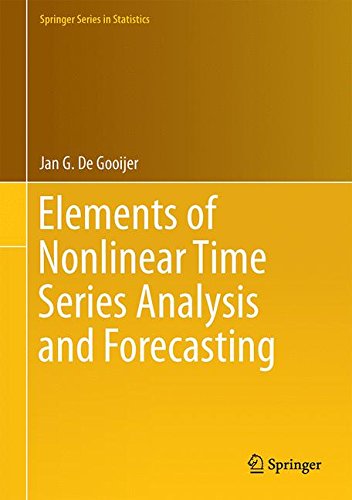

Most ebook files are in PDF format, so you can easily read them using various software such as Foxit Reader or directly on the Google Chrome browser.
Some ebook files are released by publishers in other formats such as .awz, .mobi, .epub, .fb2, etc. You may need to install specific software to read these formats on mobile/PC, such as Calibre.
Please read the tutorial at this link: https://ebookbell.com/faq
We offer FREE conversion to the popular formats you request; however, this may take some time. Therefore, right after payment, please email us, and we will try to provide the service as quickly as possible.
For some exceptional file formats or broken links (if any), please refrain from opening any disputes. Instead, email us first, and we will try to assist within a maximum of 6 hours.
EbookBell Team

4.7
36 reviewsThis book provides an overview of the current state-of-the-art of nonlinear time series analysis, richly illustrated with examples, pseudocode algorithms and real-world applications. Avoiding a “theorem-proof” format, it shows concrete applications on a variety of empirical time series. The book can be used in graduate courses in nonlinear time series and at the same time also includes interesting material for more advanced readers. Though it is largely self-contained, readers require an understanding of basic linear time series concepts, Markov chains and Monte Carlo simulation methods.
The book covers time-domain and frequency-domain methods for the analysis of both univariate and multivariate (vector) time series. It makes a clear distinction between parametric models on the one hand, and semi- and nonparametric models/methods on the other. This offers the reader the option of concentrating exclusively on one of these nonlinear time series analysis methods.
To make the book as user friendly as possible, major supporting concepts and specialized tables are appended at the end of every chapter. In addition, each chapter concludes with a set of key terms and concepts, as well as a summary of the main findings. Lastly, the book offers numerous theoretical and empirical exercises, with answers provided by the author in an extensive solutions manual.